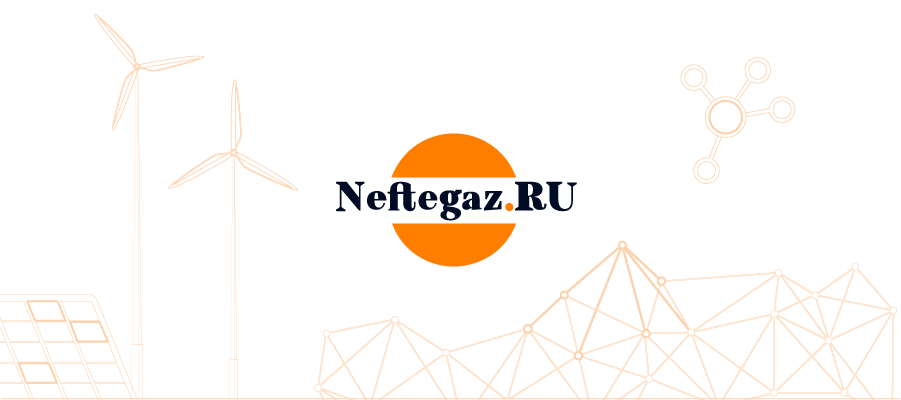Repsol YPF has confirmed its biggest ever oil discovery following the first exploratory efforts in the Vaca Muerta formation in Argentina’s Neuquén province, one of the world’s largest non-conventional reservoirs.
The company has confirmed recoverable resources of 927 million barrels of oil equivalent of non-conventional hydrocarbons, of which 741 million are high quality oil (40-45º API), in an area of 428 km2 of the Loma La Lata Norte formation in the Neuquén province.
A total of 15 vertical wells were drilled, and they produced an initial 5,000 boepd of high quality shale oil.
Repsol YPF has also begun exploratory and production activities in another discovery, in a 502 km2 producing area in the same Vaca Muerta formation.
The well is producing 400 boepd of high quality shale oil (35° API).
This new area has significant potential for large volumes to be developed in the future once the appropriate studies and preliminary work to determine resources is completed.
Until now, the company has concentrated its exploratory efforts for non-conventional resources on an area of Loma La Lata Norte.
This 428 km2 area is part of the 12,000 km2 to which YPF owns rights in the Vaca Muerta area, site of one of the world’s largest (30.000 km2) and highest quality non-conventional resources.
Wood Mackenzie identified the Vaca Muerta shale as one of the best in the world in its “Unconventional Gas Service,” describing the formation as “excellent” after evaluating areas in Australia, China and various European countries.
The evaluation included the development of the hydrocarbons market, infrastructure, regulation, availability of water, fiscal terms, quality, comparative volume, potential for enhanced recovery and organisation of the supply chain.
Wood Mackenzie said in its report that YPF is the world’s second largest company in non-conventional acreage, with 3 million acres (12,000 km2) in the Vaca Muerta formation.
Repsol in December 2009 launched its “Exploratory Programme 2010-2014” which begun in the middle of 2010.
One of its objectives was the creation of a non-conventional resources exploration plan.
Additionally to the reported 428 km2, studies are being carried out to quantify the additional resources in a new 502 km2 area, where results obtained so far allow the company to estimate similar potential to the aforementioned area.








